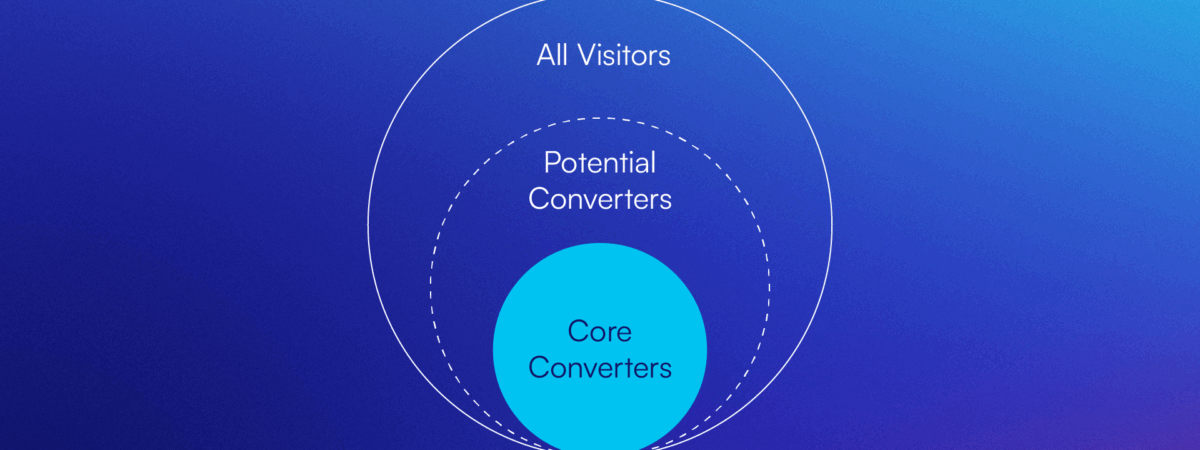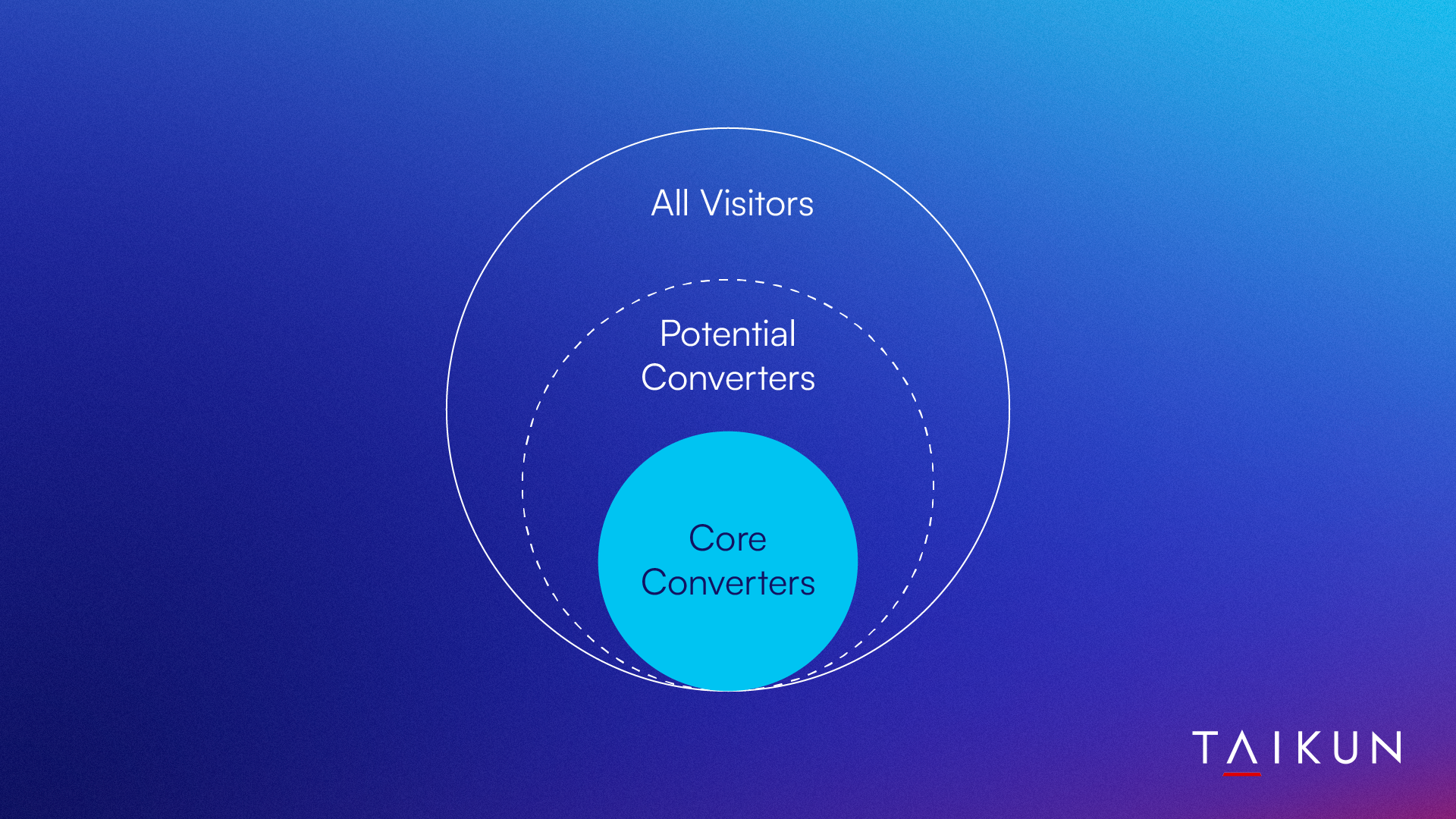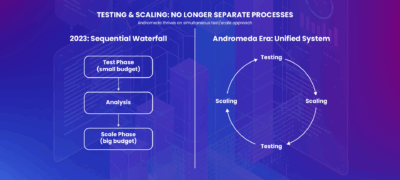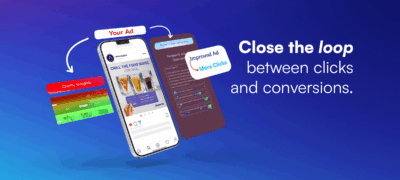
Focus & Permission: A Strategic Approach to Landing Pages
The focus & permission framework offers a strategic way to think about user experience on landing pages to boost conversion rates.
When building a landing page, what is the ultimate goal that you want to achieve? Fast loading speeds? Perfectly targeted copy? Utilizing negative space to such a degree that it puts the best graphic designers to shame? No. The end-all be-all of a great landing page is a high conversion rate. While the other answers may be important factors in reaching this ultimate goal, the focus should always be on what leads visitors to convert. If a landing page does not achieve a higher conversion rate than the alternative, it has failed. While it is important to understand the tactical work that goes into increasing conversion rates, it is even more crucial to understand the thinking behind those tactics if you’re to build the most effective landing pages possible. Two important concepts I think about when building landing pages are focus and permission. Every effective landing page is a cultivated experience for the visitors, and the focus and permission framework will result in an improved experience for your visitors and better results for you.
Landing Page Focus
The first thing that I think about when building a landing page is how can I put a greater focus on the goal: getting the conversion. For every landing page, there should only be one specific action that is the goal. In most use cases, this is a purchase or a lead.
This goal is the primary focus of the landing page, and all extraneous elements that are not leading toward that goal should be removed. When you give page visitors sub-optimal options, a certain percentage of visitors will choose those options.
A great example of an extraneous element is the use of full navigation menus. On your website, you need to have navigation to assist visitors in finding the page that best suits their needs. With a landing page, they’re already on the best possible page to achieve the desired result. Any navigational click is taking the visitor further away from your goal. Clicks on navigational elements on landing pages convert at a significantly lower rate than call-to-action clicks. By removing the full nav, you’re focusing visitors on the action you want them to take and increasing your conversion rates.
Permission to Convert
Another concept that is critical to successful landing pages is thinking about how to give the visitor permission to convert. When a visitor converts, they are demonstrating that they trust you enough to give you their money. You’ve built the permission structure necessary to allow them to convert.
A certain baseline percentage of visitors is going to convert without consciously building the permission structure, but this is a small percentage of the total pool of potential converters.

Your job with the landing page is to build the permission structure so that the next visitor who is on the fence will convert instead of bouncing. How? By adding information that addresses their objections and builds trust.
As the user is guided down the page, what information are you adding to overcome their objections and build trust? Potential converters all require different amounts of information and guidance to reach a trust threshold high enough to convert. Each new section should build on all of the previous sections to continue to help additional fence sitters convert.
Press callouts are a great example of a powerful, trust-building block. Many visitors are naturally skeptical of the claims you make about yourself. However, by featuring a blurb from a publication your target audience already trusts, you are earning second-hand trust for your own brand. The visitor will think, “Oh, this publication I know and trust considers this product/service good enough to write about it.” This tactic is even more powerful if the callout is related to the specific angle of the landing page.
Another element that helps build trust is a review block. Seeing reviews from other people helps demonstrate that your product or service does what it says it does. A review block can be exceptionally powerful when it is used to counter the most common objections or is focused on the specific benefit angle you are targeting on the landing page.
For example, if you sell a sleep supplement and the benefit that the landing page is focused on is helping people fall asleep faster, then showcasing reviews that focus specifically on how the product helped shorten the time it took them to fall asleep will be more helpful than general “I love this product” type of reviews. While the informative sections of the landing page are focused on removing common doubts and building trust, showing reviews that directly complement and back up the information you’re providing will add another layer of third-party credibility.
After every few blocks of content where you’re overcoming objections, you should be adding another CTA. At whichever point in the page a visitor reaches their personal trust threshold necessary to convert, there should be a CTA close by. The last thing you want is for a visitor to decide that their concerns have been sufficiently met and they are ready to purchase only for them to have to scroll back to the top of the page to convert.
Applying The Focus & Permission Framework
The next time you are building a new landing page or iterating on a current one, applying the focus and permission framework during your strategy session can yield great improvements in overall landing page performance. Backed with insights from CRO software like Hotjar or Microsoft Clarity, ask questions like:
- What elements are distracting visitors from our primary goal?
- What elements are causing confusion and frustration to the visitor and how can we remove them?
- How can we better address the concerns of the people who are on the edge of converting but don’t?
- Where are we losing the interest of people who aren’t converting and how can we restructure the page to keep them reading?
- Are we losing conversions because visitors are forced to scroll to find a CTA?
By asking questions like these and thinking strategically about your landing pages, you will craft a better visitor experience and achieve your ultimate goal: increased conversion rates.
Stay in the loop! Sign up to get our newest blog articles and exclusive resources delivered straight to your inbox.
Newsletter Signup
Related Articles

- Paid Social
Meta Andromeda: The AI Revolution That is Redefining Digital Advertising
Meta Andromeda is trending everywhere this month, but the algorithm change has quietly reshaped ad performance since December 2024. The real…

- CRO
- Paid Social
Why Every DTC Brand Owner Should Be Using Microsoft Clarity to Make Better Ads
Let’s say your Google or Meta Ads account is humming. You’re hitting ROAS targets. Spend is stable. Your best-performing creatives are…

- Paid Social
Meta Audit Trends: The Recurring Issues Holding Back Performance
Over the past few months, we’ve audited multiple Meta ad accounts across different industries, and the same core issues keep surfacing.…
How can we help you grow?



